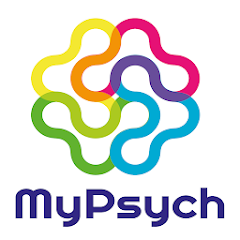Serotonin syndrome is a spectrum of serotonin toxicity from mild serotonergic features that may cause minimal concern to the patient or clinician, to severe life-threatening toxicity that should be considered a medical emergency.
Serotonin syndrome can occur from any exposure to medication that increases intrasynaptic serotonin concentration in the central nervous system.
This includes medications where the therapeutic aim is to increase serotonin levels e.g. SSRI antidepressants and medications where this effect is unintended e.g. linezolid.
In practice, it is usually encountered as a result of overdose of serotonergic drugs or as a consequence of drug interactions e.g. via inhibition of metabolism of serotonergic drugs or when more than one drug affecting serotonin is taken.
Occasionally, it can occur when one serotonergic agent is prescribed alone in susceptible individuals.

